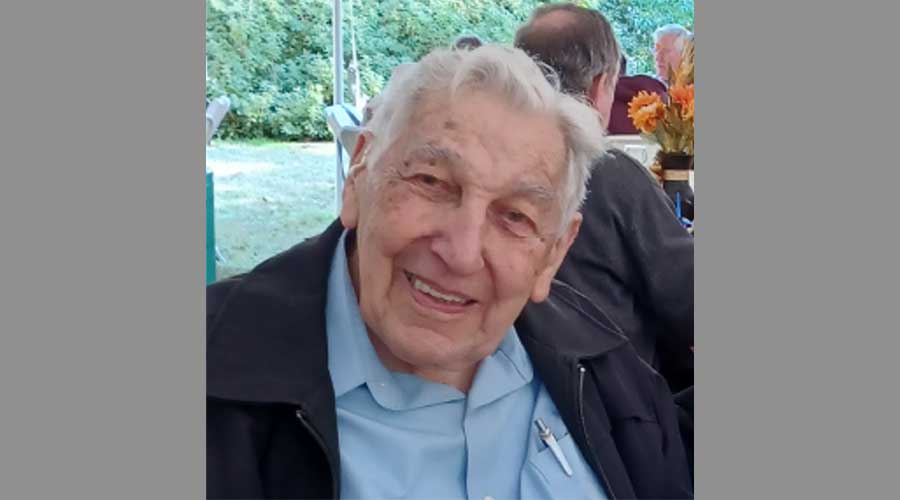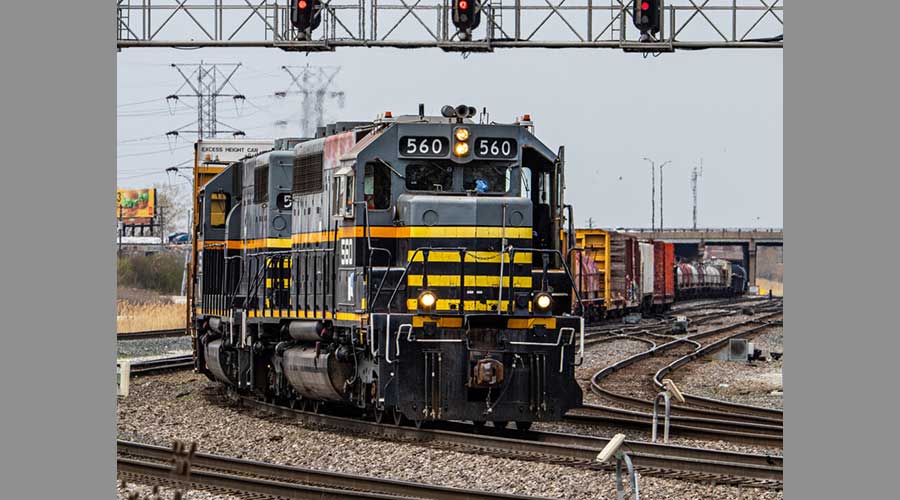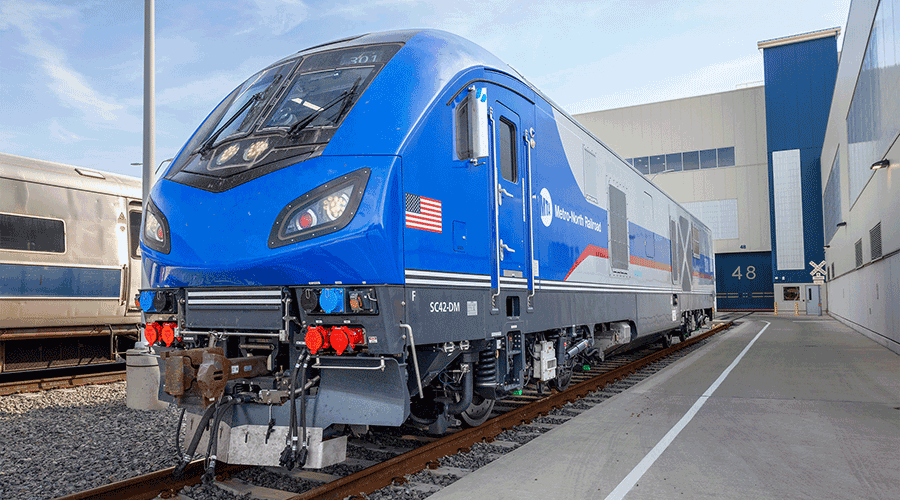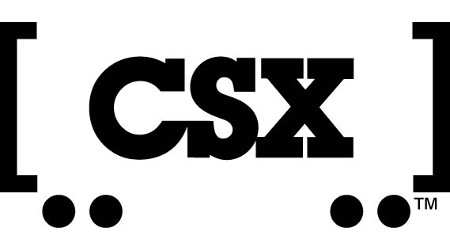Newsletter Sign Up
Stay updated on news, articles and information for the rail industry
Stay updated on news, articles and information for the rail industry
RAIL EMPLOYMENT & NOTICES
Rail News Home
Rail Industry Trends
Rail News: Rail Industry Trends
As part of its National Rail Safety Action Plan, the Federal Railroad Administration (FRA) plans to issue research grants totaling more than $2.1 million to three universities, the Canadian research council and Norfolk Southern Corp.
Marshall University will receive a $992,000 grant to continue studying four safety demonstration projects: an automatic train location system in West Virginia designed to use Web-based technology and a Global Positioning System (GPS), an “intelligent” warning system for passive grade crossings featuring GPS, a self-illuminating rail-car reflector featuring ceramic-on-steel electro-luminescence technology and an ergonomically designed locomotive operator seat.
The University of Nebraska will receive a $490,000 grant to develop a methodology for predicting areas where track might deform or buckle because of weight or temperature fluctuations. The university also is studying wireless technology designed to warn locomotive engineers about potential problems on approaching track.
NS will receive a $250,000 grant to continue researching a trackside inspection network designed to detect defective train equipment.
The National Research Council of Canada (NRC) will receive a $282,465 grant for a joint NRC/FRA study on rolling contact fatigue or surface stress that can cause rail failures and derailments. The study aims to validate measuring devices that can help identify areas where rail breaks might occur and determine where railroads should target track maintenance efforts.
Finally, the University of West Virginia will receive a $102,332 grant to continue researching ways to improve crosstie durability. The college is analyzing a glass fiber-reinforced polymer composite material to wrap around existing ties or wood bridge components to increase strength and extend life. The university also is testing the durability and lifespan of ties constructed with a wooden or tire core and wrapped in a thermoplastic-composite material.
10/17/2005
Rail News: Rail Industry Trends
FRA to hand out more than $2 million in grants
advertisement
As part of its National Rail Safety Action Plan, the Federal Railroad Administration (FRA) plans to issue research grants totaling more than $2.1 million to three universities, the Canadian research council and Norfolk Southern Corp.
Marshall University will receive a $992,000 grant to continue studying four safety demonstration projects: an automatic train location system in West Virginia designed to use Web-based technology and a Global Positioning System (GPS), an “intelligent” warning system for passive grade crossings featuring GPS, a self-illuminating rail-car reflector featuring ceramic-on-steel electro-luminescence technology and an ergonomically designed locomotive operator seat.
The University of Nebraska will receive a $490,000 grant to develop a methodology for predicting areas where track might deform or buckle because of weight or temperature fluctuations. The university also is studying wireless technology designed to warn locomotive engineers about potential problems on approaching track.
NS will receive a $250,000 grant to continue researching a trackside inspection network designed to detect defective train equipment.
The National Research Council of Canada (NRC) will receive a $282,465 grant for a joint NRC/FRA study on rolling contact fatigue or surface stress that can cause rail failures and derailments. The study aims to validate measuring devices that can help identify areas where rail breaks might occur and determine where railroads should target track maintenance efforts.
Finally, the University of West Virginia will receive a $102,332 grant to continue researching ways to improve crosstie durability. The college is analyzing a glass fiber-reinforced polymer composite material to wrap around existing ties or wood bridge components to increase strength and extend life. The university also is testing the durability and lifespan of ties constructed with a wooden or tire core and wrapped in a thermoplastic-composite material.


 2025 MOW Spending Report: Passenger-rail programs
2025 MOW Spending Report: Passenger-rail programs
 Gardner steps down as Amtrak CEO
Gardner steps down as Amtrak CEO
 Guest comment: Oliver Wyman’s David Hunt
Guest comment: Oliver Wyman’s David Hunt
 Women of Influence in Rail eBook
Women of Influence in Rail eBook
 railPrime
railPrime







